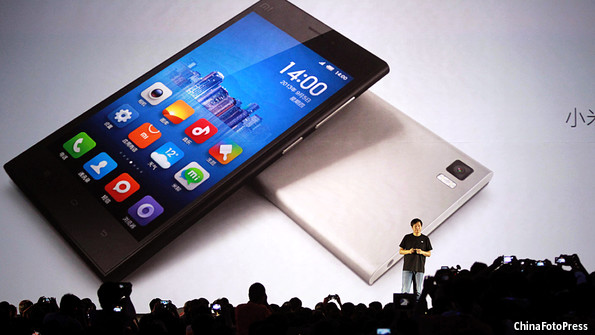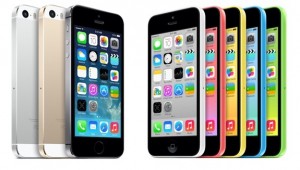The global smartphone industry is growing at a rate of 50% a year, whereas the chinese smartphone industry has a growth rate of 108%.
Apple has recognized this opportunity of expansion by showing interest through the release of the iPhone 5C and official launch in Beijing. These are small steps. But are they effective?
A chinese handset provider, Xiaomi, is following Apple’s design, however runs on Android and sells at a price of $330, while iPhone5C is priced $733, the difference in price makes the iPhone unattractive to China. Also, Xiaomi sells to costumers online, rather than through a distributor like Apple, which incurs more costs. The Direct Buying Model helps Xiaomi establish demand information more quickly and provide access to customization. Another competitive advantage, Xiaomi customizes it’s own software, adding Chinese apps that are legalized by the government, where as AppleApps such as GoogleMaps is unavailable in China. Apple is facing a rivalry, only owning 4.8% of the chinese smartphone market share, where as Xiaomi owns 5%. The image of low-price-high-quality Xiaomi has established even edges out HTC.
Xiaomi vs Apple video- Discussion of the differences and similarities between the two companies. Very interesting!

Article source: “Taking a bite out of Apple“, published September 14th, 2013 from: http://www.economist.com/news/business/21586344-xiaomi-often-described-chinas-answer-apple-actually-quite-different-taking-bite-out


